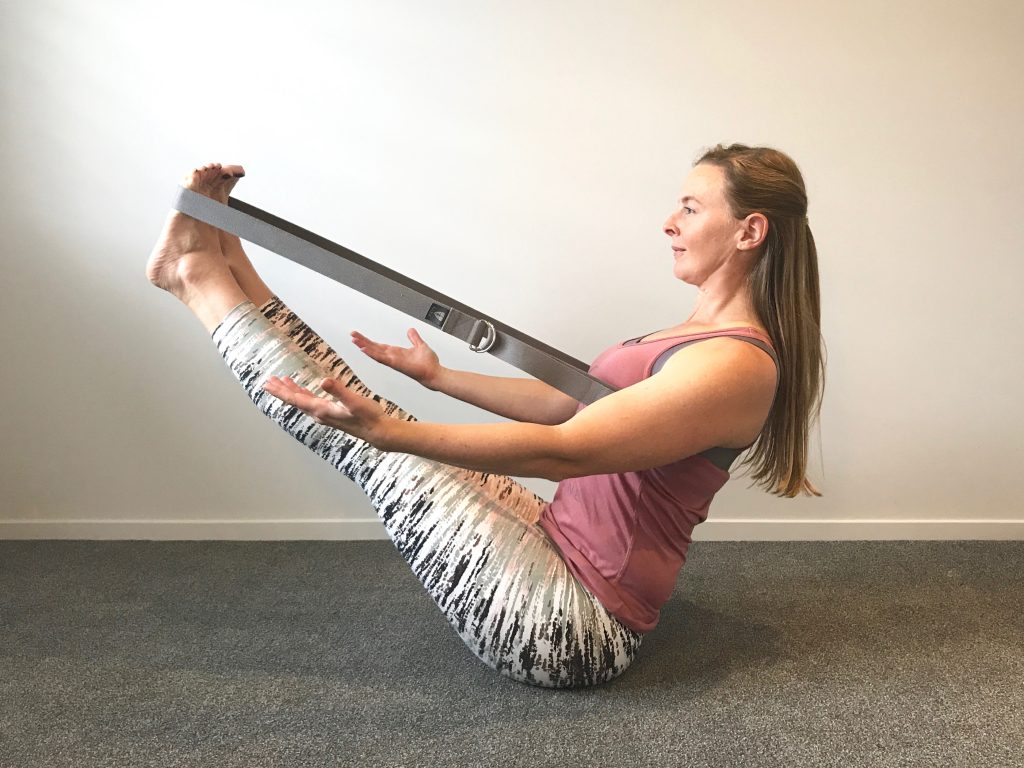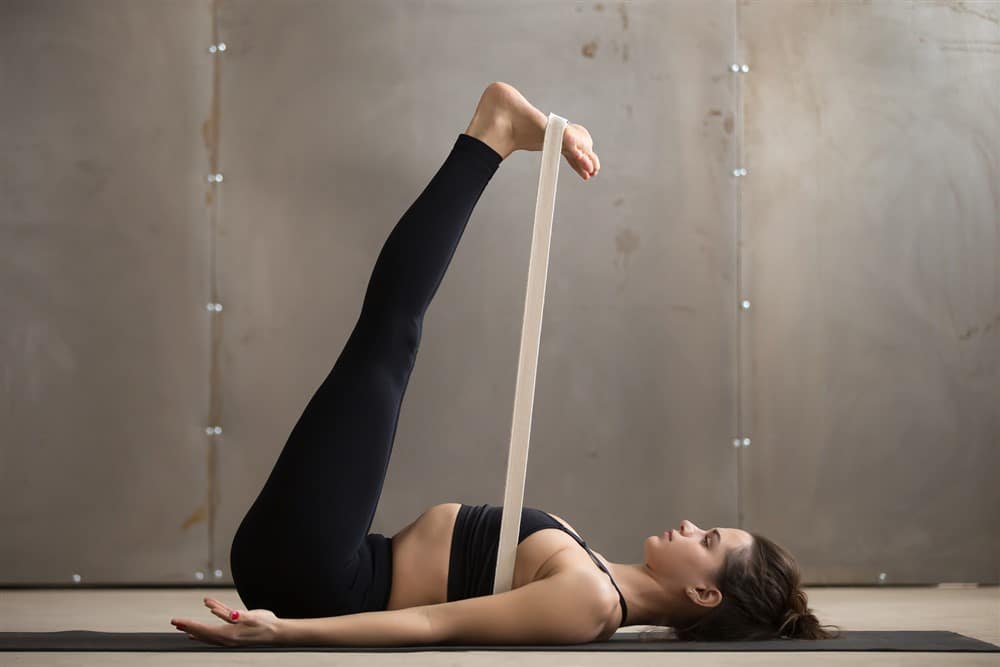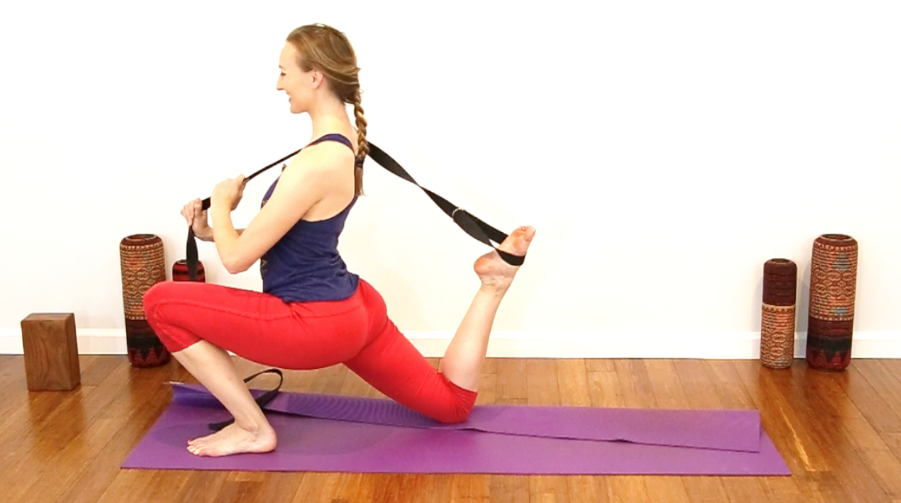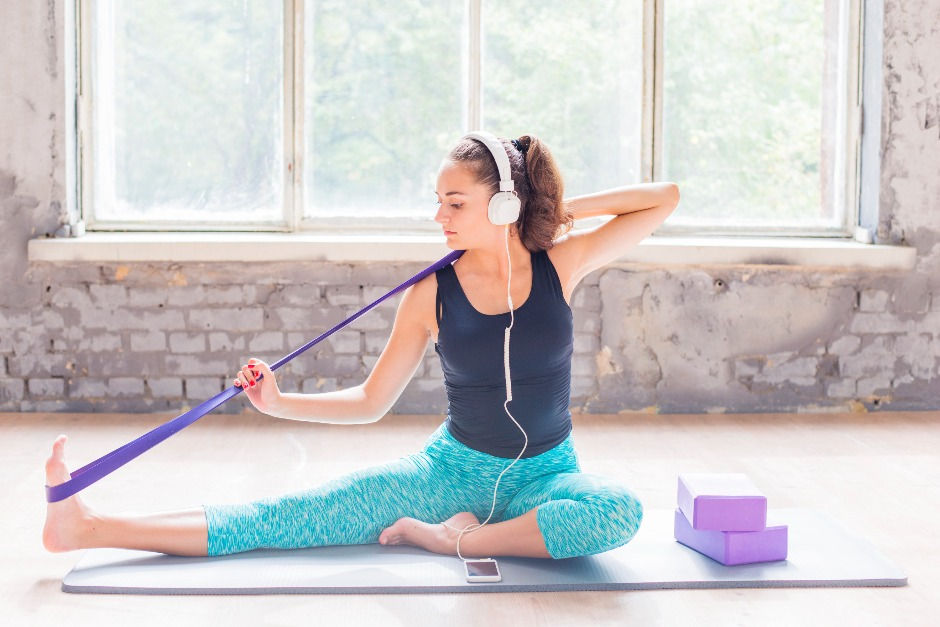Yoga straps are simple yet versatile props that can help you get deeper into poses safely. These long, durable straps act as extensions of your arms, providing stability and support. Whether you’re a beginner or an advanced student, straps allow you to reap the full benefits of different yoga postures. Follow this guide to learn how to incorporate straps into your practice.
Choose the Right Size YogaStrap
Yoga straps come in varying lengths and widths. For most purposes, a 6-10 foot long, 1-2 inch wide cotton or nylon strap works well. The strap should be easily adjustable with a buckle or D-ring closure.
Test out different lengths to find a size that gives you enough slack to comfortably reach binding points without excessive dangling strap material. Adjustability helps accommodate different body proportions too.

Improve Your Reach
One of the main benefits of straps is enabling you to bind your hands in poses where they can’t reach comfortably. This avoids straining and allows you to move deeper into the posture.
For example, in a seated forward fold, hook the strap around your feet to hinge gently deeper. Use the strap as an extension of your arms to bind without forcing.
Open Up Shoulders
Straps are great for opening tight shoulders and enhancing shoulder flexibility. Loop a strap around straight arms in poses like Eagle Arms to allow shoulders to relax backward.
Gently pull the straps taut in poses to create traction and space. Focus on elongating your spine and breathing deeply. Move slowly into the stretch – don’t force range of motion.
Support Forward Bends
When bending forward from a standing or seated position, holding a strap can help maintain balance. Step on the mid-point of the strap with one foot to keep grounded.
Pulling gently on the strap activates core muscles. Allow your torso to drape over your thighs in forward folds like Standing Forward Bend.

Assist with Balancing Poses
For postures that challenge your balance like Tree Pose or Dancer’s Pose, holding a strap provides stability. Lightly hold the strap for support only, not hanging full body weight.
Experiment with binding the lifted foot with the strap to improve your balance. Focus on steady breathing and engage your core as you extend your limbs.
Intensify Arm Stretches
Take upper body openers like Palm Up Shoulder Opener further by grasping a strap. Keeping arms straight, gently pull the strap taut to deepen the chest and shoulder stretch.
Only go to the point of mild tension – not pain. Breathe slowly and hold for 30-60 seconds to allow muscles to release and extend.
Make Inversions More Accessible
Straps allow beginners to more safely learn inversions like Handstand by providing an assisted counterbalance. Place wrists in the loops and use controlled support.
For Headstand prep, place a looped strap around arms folded in tripod headstand position. Carefully transfer weight into the strap to lift legs with stability.

Modify Poses with Support
If limited mobility prevents you from achieving proper alignment in poses, strategic use of straps can modify postures. But use support mindfully, not to aggressively force.
For example, short-armed yogis can loop a strap around hands behind the back for arm balances like Crow Pose. Find modifications that serve your unique body.
Deepen Seated Twists
Seated twists create space along the spine through rotation. For turns where your hands don’t bind behind your back, use a strap to help bind and deepen the twist.
Move slowly into the twist, keeping length in the spine. Only go as far as your body allows without strain. Breathe fully through the movement.
Assist Challenging Arm Balances
Arm balances require coordination and strength. Straps can help support you as you build capacity. But rely on your own muscles as much as possible to grow stronger.

Place hands through loops on a strap laying on the floor to provide limited assistance for lifting into poses like Crow. Keep core engaged and weight centered as you lift.
Know Your Limits
While straps aid alignment and stability, respect your body’s limits. Don’t use straps to aggressively force range of motion that causes sharp pain or injury risk.
Work patiently over time to expand flexibility and build strength through the full expression of poses. Support yourself with props, but own the work.
Conclusion
Adding straps to your practice opens up possibilities for proper alignment, safer stretching, stability, and deeper poses. Experiment with mindful incorporation of strap techniques that serve your unique needs on the mat.


